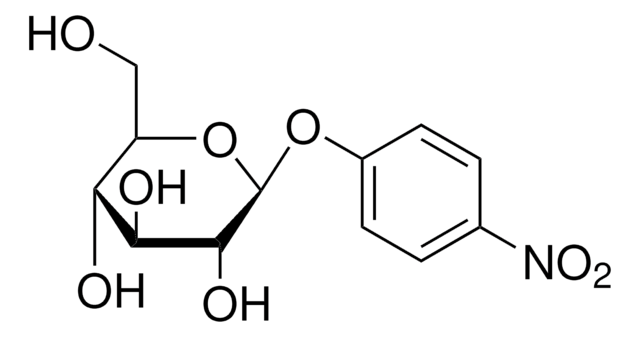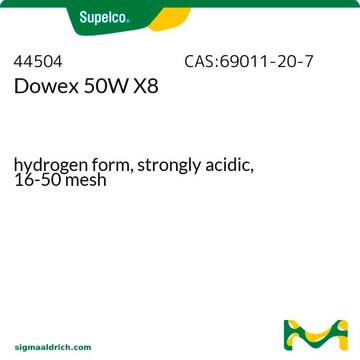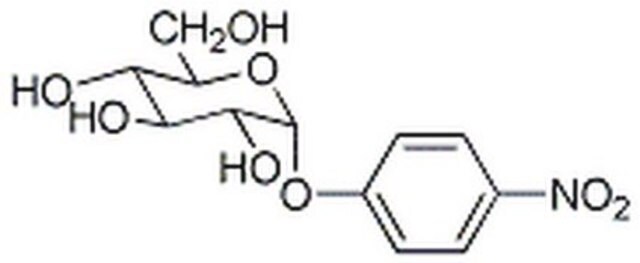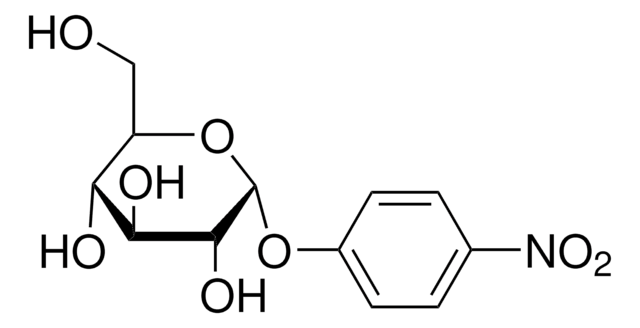690295
Ethyl 4-chloroacetoacetate
Arxada quality, ≥97.0% (GC)
Synonym(s):
4-Chloro acetoethylacetate, Ethyl 4-chloro-3-oxobutanoate, Ethyl chloroacetoacetate
About This Item
Recommended Products
Quality Level
Assay
≥97.0% (GC)
form
liquid
quality
Arxada quality
manufacturer/tradename
Arxada AG
impurities
≤0.04% metyl-4-chloroacetoacetate
refractive index
n20/D 1.452 (lit.)
bp
115 °C/14 mmHg (lit.)
density
1.218 g/mL at 25 °C (lit.)
storage temp.
2-8°C
SMILES string
CCOC(=O)CC(=O)CCl
InChI
1S/C6H9ClO3/c1-2-10-6(9)3-5(8)4-7/h2-4H2,1H3
InChI key
OHLRLMWUFVDREV-UHFFFAOYSA-N
Looking for similar products? Visit Product Comparison Guide
Signal Word
Danger
Hazard Statements
Precautionary Statements
Hazard Classifications
Acute Tox. 3 Dermal - Acute Tox. 3 Oral - Aquatic Chronic 2 - Eye Dam. 1 - Skin Corr. 1B
Storage Class Code
6.1A - Combustible acute toxic Cat. 1 and 2 / very toxic hazardous materials
WGK
WGK 3
Flash Point(F)
206.6 °F - closed cup
Flash Point(C)
97 °C - closed cup
Personal Protective Equipment
Choose from one of the most recent versions:
Already Own This Product?
Find documentation for the products that you have recently purchased in the Document Library.
Articles
Knoevenagel Condensation is an organic reaction named after Emil Knoevenagel. It is a classic C-C bond formation reaction and a modification of the Aldol Condensation.
Our team of scientists has experience in all areas of research including Life Science, Material Science, Chemical Synthesis, Chromatography, Analytical and many others.
Contact Technical Service










